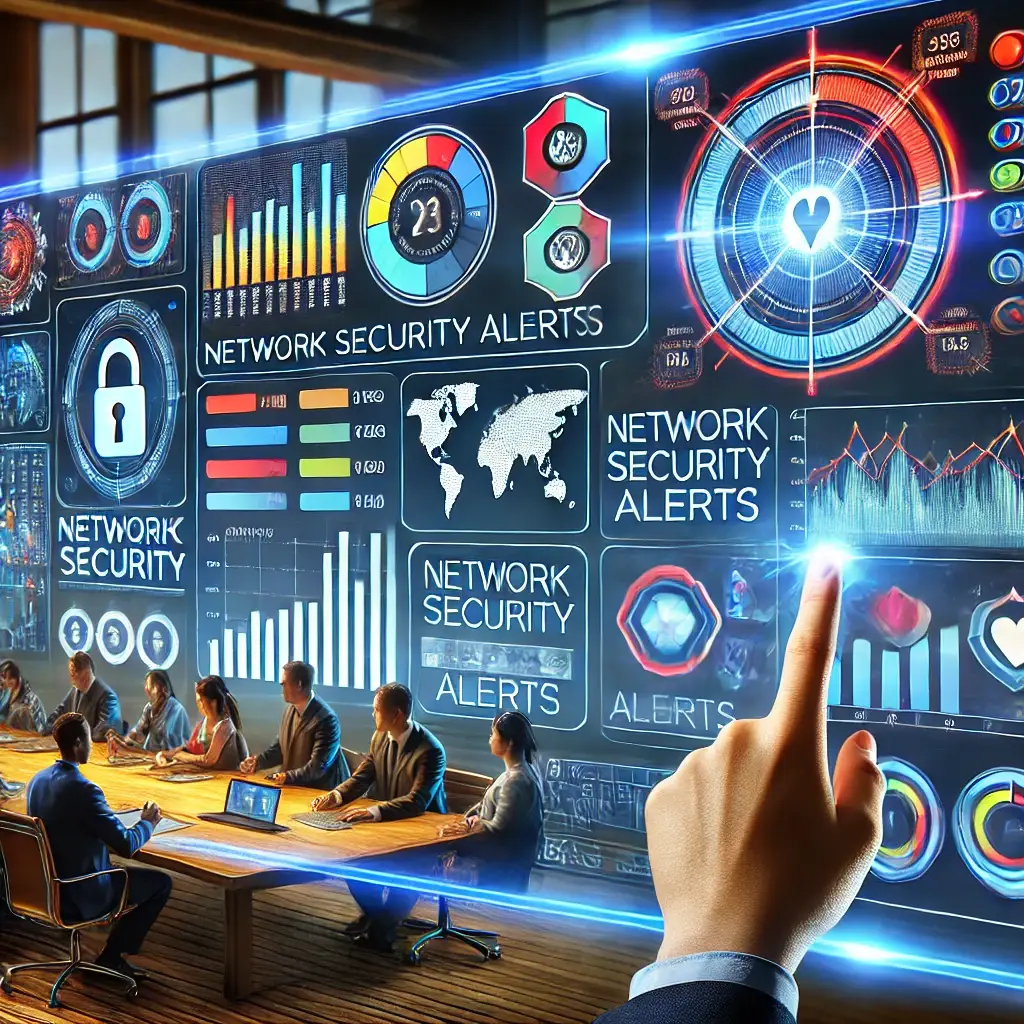Every year we see new products and iterations of dashboards that aim to make our job in cybersecurity easier. The goal of these dashboards is, at least in theory, to keep us informed and knowledgeable.
Dashboards provide us with a plethora of information, presented in digestible ways, most of the time by using graphs and attractive visuals. So far, this sounds great. However, every year we can see how many of these dashboards are actually missing the point, making our job harder in unnecessary ways.
A good dashboard is one that provides us with reliable, key data in a convenient way, making it easy for us to take action. Here, it’s about “less is more”.
Now, we are not saying that dashboard vendors are the ones to blame. Sometimes, we are the ones overloading our dashboards with irrelevant information, just for the sake of using the data we have at our disposal.
Having this said, we want to talk about how to make the most of your cybersecurity dashboard.
Elements of a Good Cybersecurity Dashboard
Cybersecurity professionals require up-to-date, insightful information that allows them to take proper action. At the same time, they need to reduce the time they invest in processing and analyzing data as they have to be agile enough.
Decisions must be made quickly and this demands reliable data always at hand. Here, a proper dashboard is our best friend.
The first element of a good cybersecurity dashboard its legibility or how understandable it is at a glance. The information displayed on the dashboard must be easy to follow and digest, reflecting a meaningful reality of the situation.
The second element is context, referring to the capability of a dashboard to paint a contextualized picture with the data while providing comparisons with different points in time. Comparisons are essential to understand a situation as they provide a whole new dimension in terms of the context.
Then we have dynamism and relevance, representing the real value of a live cybersecurity dashboard. A useful dashboard is one that allows us to change our behavior as fast as possible, correcting our course in the moment that’s needed. But how does this look in real life? It’s the mix between data that is relevant to the cybersecurity professional’s goals and an adequate refresh rate that keeps the information valid and reliable. Presented in the right way, teams can adjust their strategies and achieve better results.
Finally, we have rates, meaning the variety of ratios and representations that the dashboard can offer us. For example, it’s not the same thing to know how many incidents in total have occurred during the last 30 days than learning how many incidents per day took place during the same period of time. Both representations tell us useful yet different stories.
The Case for Simplicity
When it comes to dashboards, less is more. We need to learn precisely what information is essential to get our job done. Everything else may be counterproductive excess.
To make the most of your cybersecurity dashboard, you should have these elements present and understand which datasets are the most influential in the work you do.
Modern dashboards are highly customizable, so choosing what to see is not a real problem these days. Take your time to understand your own needs and start from there. Fight the desire of adding abundant information to a dashboard that may be packed already.
It’s simplicity that will allow you to keep focused on the truly valuable data on your cybersecurity dashboard.




